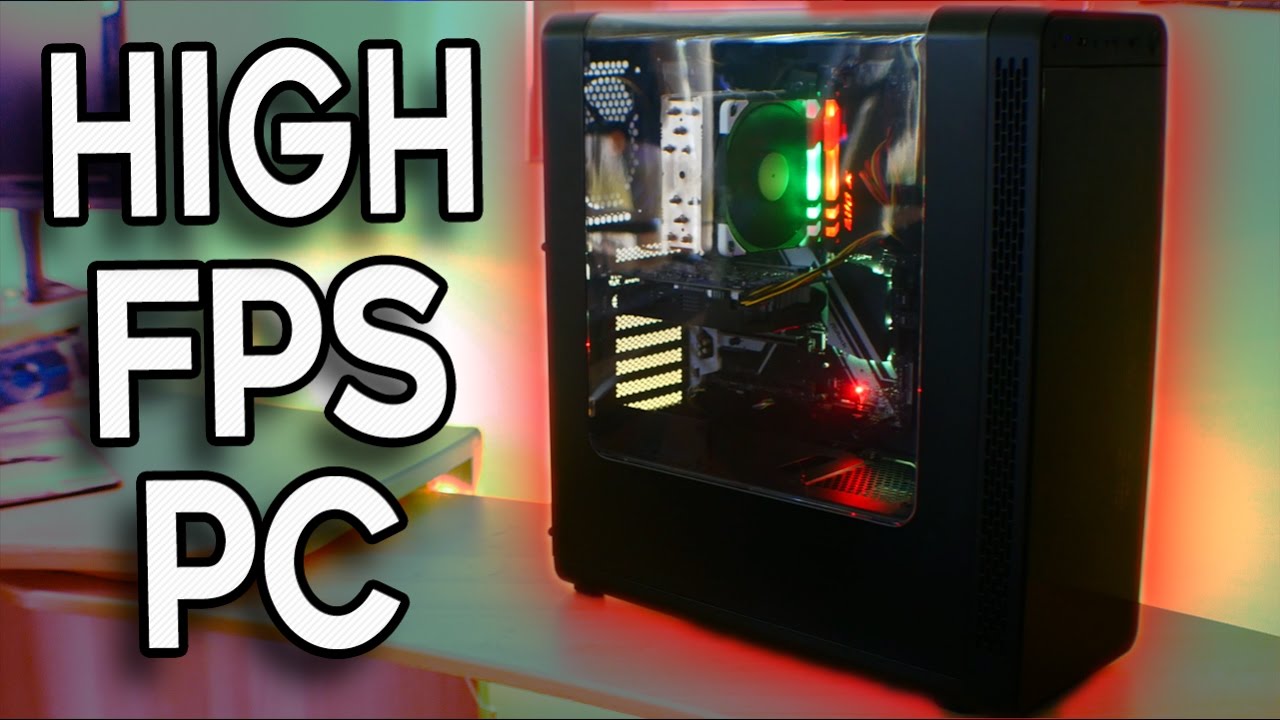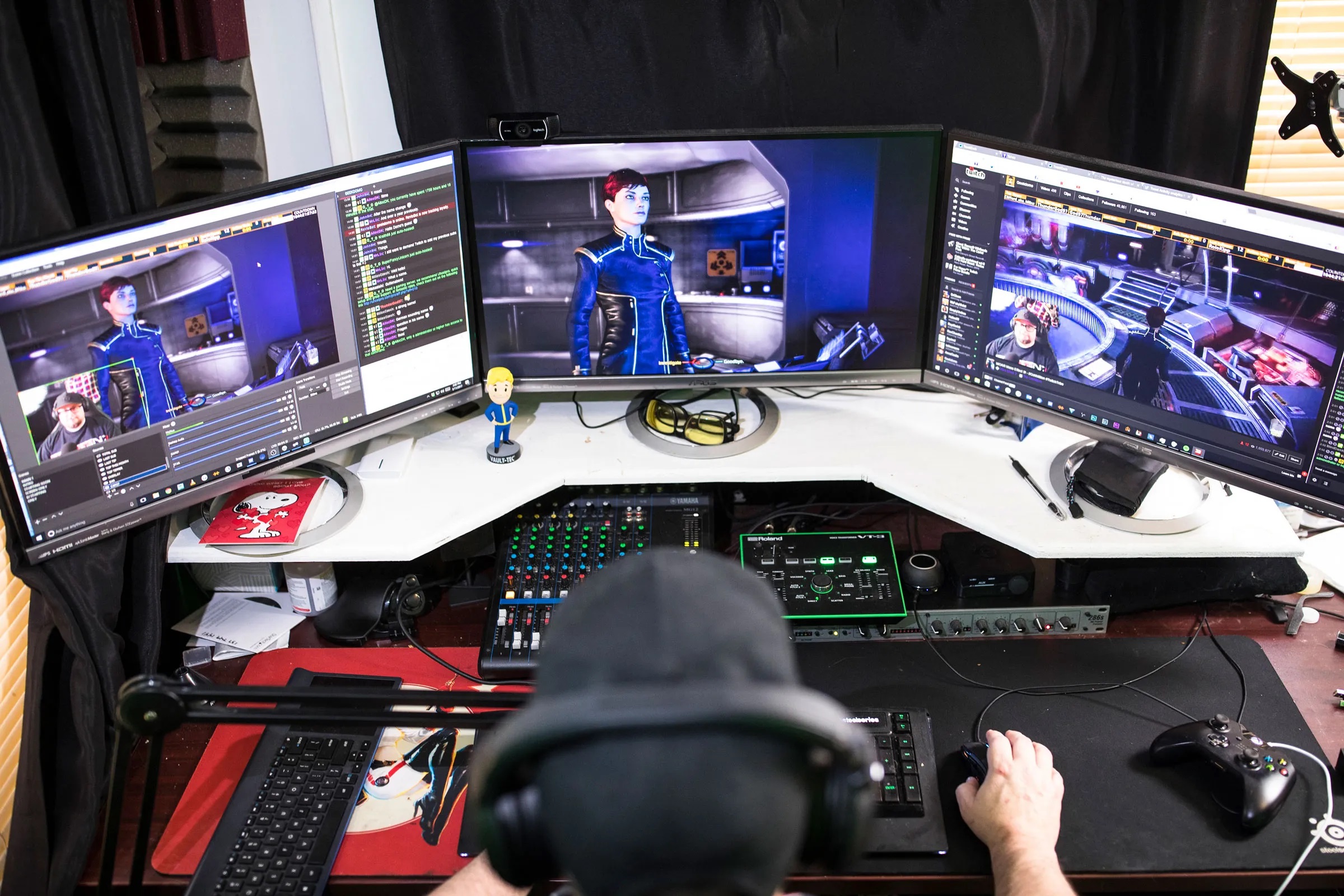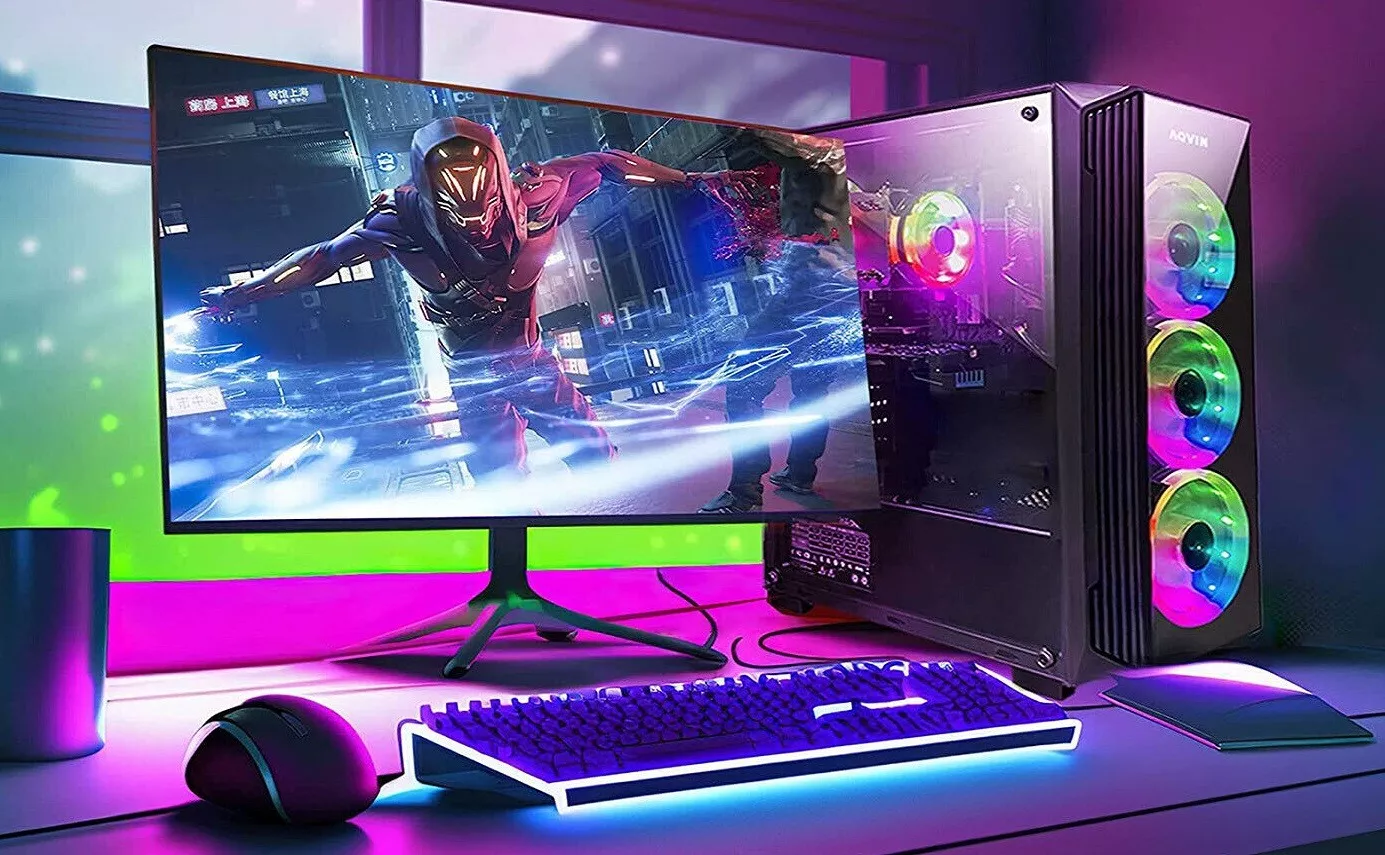Frames per second (FPS) refers to the number of individual frames that a computer generates in one second. Higher FPS results in smoother gameplay, which is particularly important in fast-paced games where every millisecond counts. Aiming for 60 FPS or higher is generally considered optimal for a fluid gaming experience.
Hardware Considerations
To achieve high FPS, the foundation lies in the hardware. Here are the key components to consider:
-
Graphics Card (GPU): A powerful GPU is essential for rendering high-quality graphics at high FPS. In 2025, options like the NVIDIA GeForce RTX 5000 series and AMD Radeon RX 8000 series are popular choices among gamers.
-
Processor (CPU): A strong CPU complements the GPU, ensuring that it can handle the demands of modern games. Look for multi-core processors, such as the Intel Core i9 or AMD Ryzen 9 series.
-
RAM: Sufficient RAM is necessary for smooth multitasking and gaming. A minimum of 16 GB is recommended, with 32 GB being ideal for more demanding titles.
-
Storage: Solid State Drives (SSDs) provide faster load times compared to traditional Hard Disk Drives (HDDs). Opting for an NVMe SSD can significantly enhance performance.
Software Optimization
Beyond hardware, software settings play a crucial role in maximizing FPS. Here are some recommended optimizations:
Operating System Settings
- Windows Optimization: Ensure that Windows 10 or 11 is updated. Disable unnecessary background applications and services to free up system resources.
- Game Mode: Enable Game Mode in Windows settings to prioritize gaming performance.
Graphics Drivers
- Update Drivers: Keeping graphics drivers up to date is vital. Both NVIDIA and AMD regularly release updates that enhance performance and fix bugs.
In-Game Settings
Adjusting in-game settings can lead to significant FPS improvements. Here are some common adjustments:
-
Resolution: Lowering the resolution can greatly increase FPS. While 1080p is standard, consider 720p for less demanding games.
-
Graphics Quality: Set graphics quality to medium or low. This includes textures, shadows, and effects, which can be adjusted based on personal preference.
-
V-Sync and G-Sync: Enabling V-Sync can help eliminate screen tearing, while G-Sync (for NVIDIA users) synchronizes the refresh rate of the monitor with the GPU, providing a smoother experience.
-
Frame Rate Cap: Capping the frame rate just below the monitor's refresh rate can reduce input lag and improve responsiveness.
BIOS Settings
For advanced users, tweaking BIOS settings can yield additional performance gains:
- XMP Profiles: Enable XMP (Extreme Memory Profile) to ensure RAM runs at its rated speed.
- Power Settings: Set the power mode to high performance to ensure the CPU and GPU operate at their maximum potential.
Conclusion
Achieving high FPS in gaming requires a combination of powerful hardware, optimized software settings, and careful in-game adjustments. By following the guidelines outlined in this article, gamers can enhance their experience and enjoy smoother gameplay in 2025. As technology continues to advance, staying informed about the latest trends and settings will be essential for any serious gamer.




